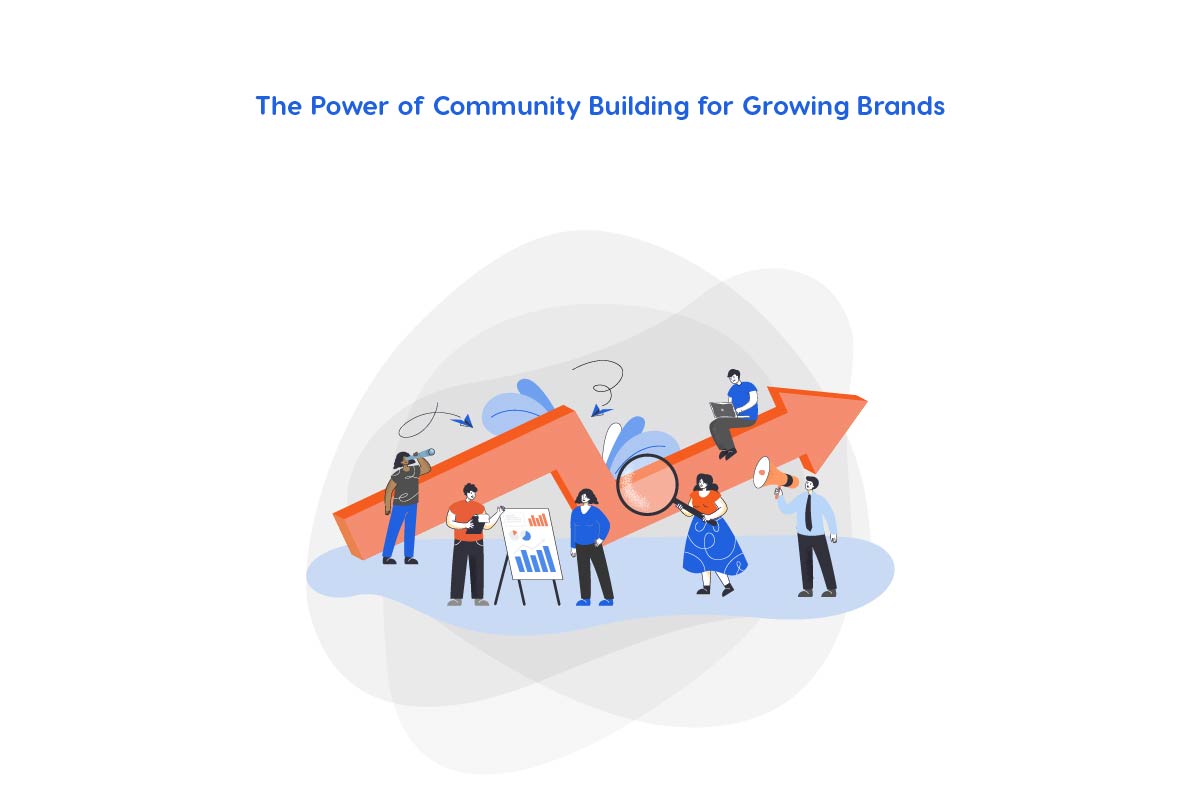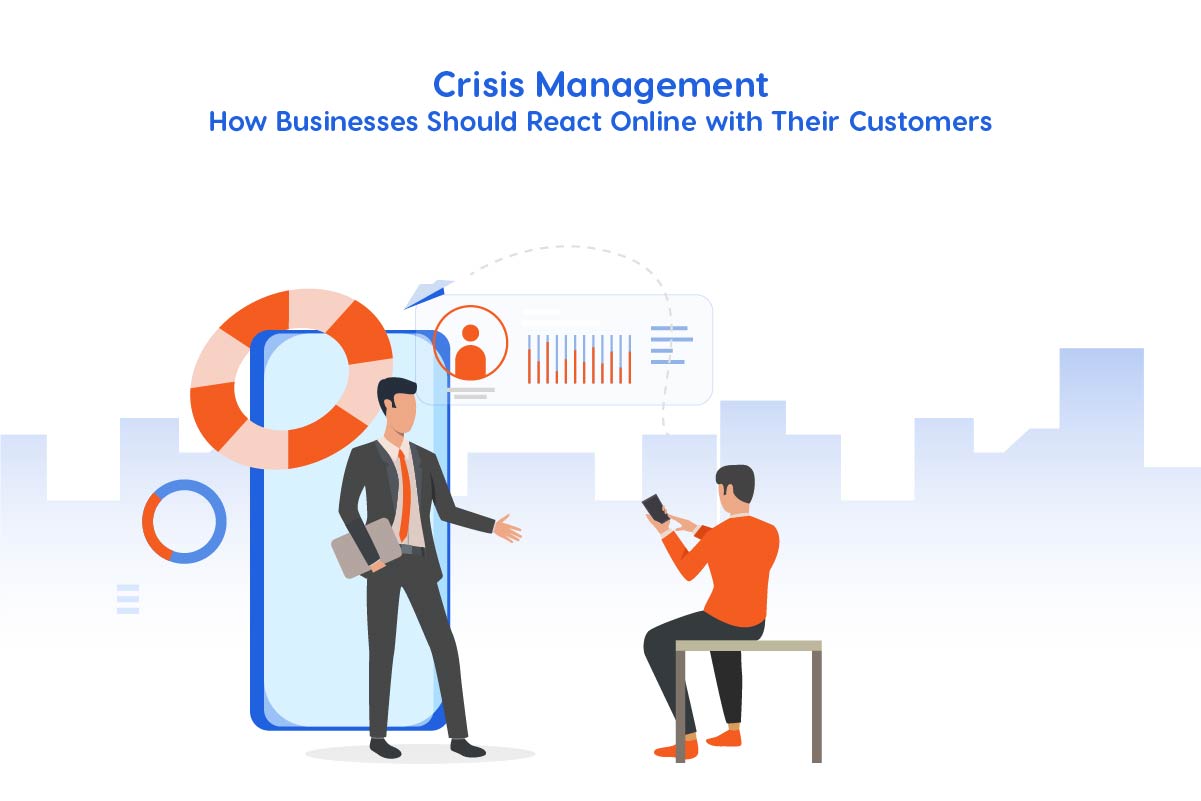Although the threat of lockdown is gone, it has highly impacted multiple industries, and IT is no exception. As a matter of fact, IT is one of the industries that has shifted the most in the way they do business. Policies like remote working have also introduced things like virtual conferences. As this medium allows organizations to interact with a larger audience, it also has its own unique challenges. This necessitates modern techniques and digital expertise to host successful virtual events and conferences.
Best Practices for Virtual Events
Although there are several factors that play a key role in making a successful virtual event, we have shortlisted some of the most important ones. Please note that your mileage may vary depending on your requirements and use case.

The first thing you have to do to successfully organize a virtual conference is decide who will be your target audience. This means what sort of people you are targeting and what demographics will attend your virtual event. Choosing the audience can have a significant impact on the topic, speakers, and content you choose. Additionally, you should identify the goals and challenges of the public that will attend your virtual conference, as well as what might entice them to participate in the first place. You should remember that in virtual conferences, there are no restrictions like in physical conferences, so you can invite attendees from around the world and expand your audience.
Virtual meetings have a whole different approach as compared to physical events and need to be planned accordingly. And why should it not be? Technology, medium, and interaction methods are all different than they are during in-person conferences. An encompassing strategy must include things like a budget, goals, an action plan, and the selection of the right team. Answering the “why” or purpose of an event can be a hack to planning effectively. From a business perspective, the purpose can be generating revenue, increasing brand awareness, or growing audiences. While, from an audience perspective, it can be providing education, networking, or market exposure.
Remember when we said there might be an audience that comes primarily to grow their connection? They can only do so when you provide them with a convenient way to do so. It is relatively easy to interact when these conferences are in-person and people get to physically meet each other. Virtually, however, people become more introverted. To overcome this hurdle, you need to offer your audience participation opportunities, such as making polls or doing a quick Q&A.
The success of your event depends on the number of attendees, and the amount of promotion you do will help you reach that number. So, you should be doing this promotion before, during, and even after the event. Sending thank you emails can be a simple way to show your appreciation for event attendees after the event. As for before-event promotions, you can run different marketing campaigns, especially now that digital marketing is so popular. While during-event promotion can be done by asking the attendees to share the event link among their connections to grow the audience.
Usually, event organizers are familiar with traditional methods of hosting that don’t require much technology integration. Therefore, you should familiarize the hosting team with technology as much as possible so that they won’t mess it up on time. You can host a test meeting and a test audience to ensure everything is set up properly. Virtual conferences are heavily reliant on technology, so it is better to appoint someone who has some technical experience to conduct the meeting. Furthermore, IT professionals should be on standby in case of any unforeseen situations. A brief tutorial for participants is also recommended. This is because there is a high probability that not everyone in the audience has an IT background. Therefore, this will better enable them to understand how the meeting works.
Be humble and show humility if something unexpected happens. Nothing ever turns out as planned in this world. The trend of virtual meetings is sort of new for many people and they aren’t as familiar with technology as well. That is why it is quite possible to run into some unforeseen situations. So instead of freaking out, a better approach should be to embrace the situation and fix it ASAP.
Bottom Line
The pandemic might be long over, but it has left a major impact on a global scale. Businesses are migrating from conventional methods to hybrid or total digital ecosystems. It requires knowledge and acceptance of technology as a core component of modern business infrastructure. Even though it might seem intimidating, most businesses already have some level of technology integration. Still, if you require some professional assistance then companies like Tash’heer exist for that very purpose. We help companies integrate cutting-edge technologies into their business practices and make their mark on the digital landscape.





